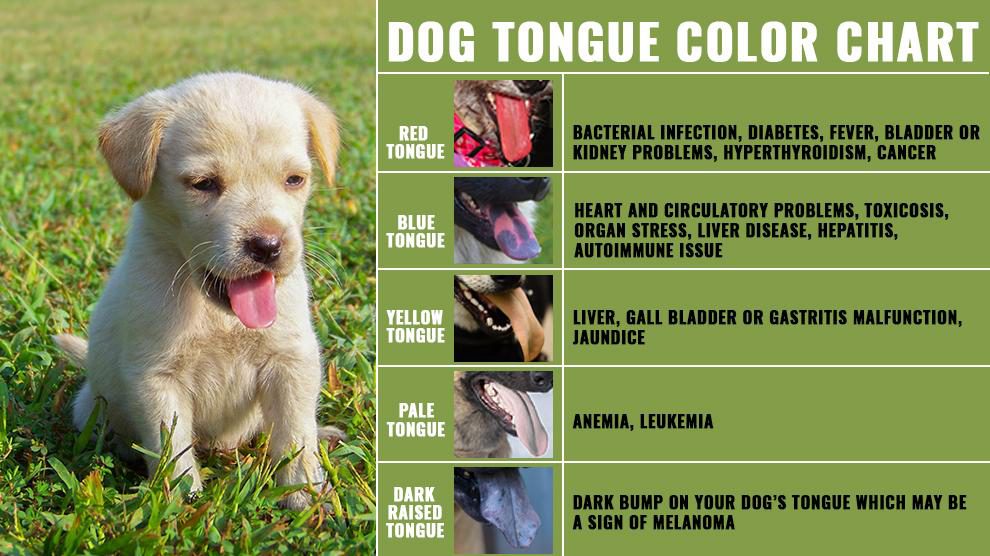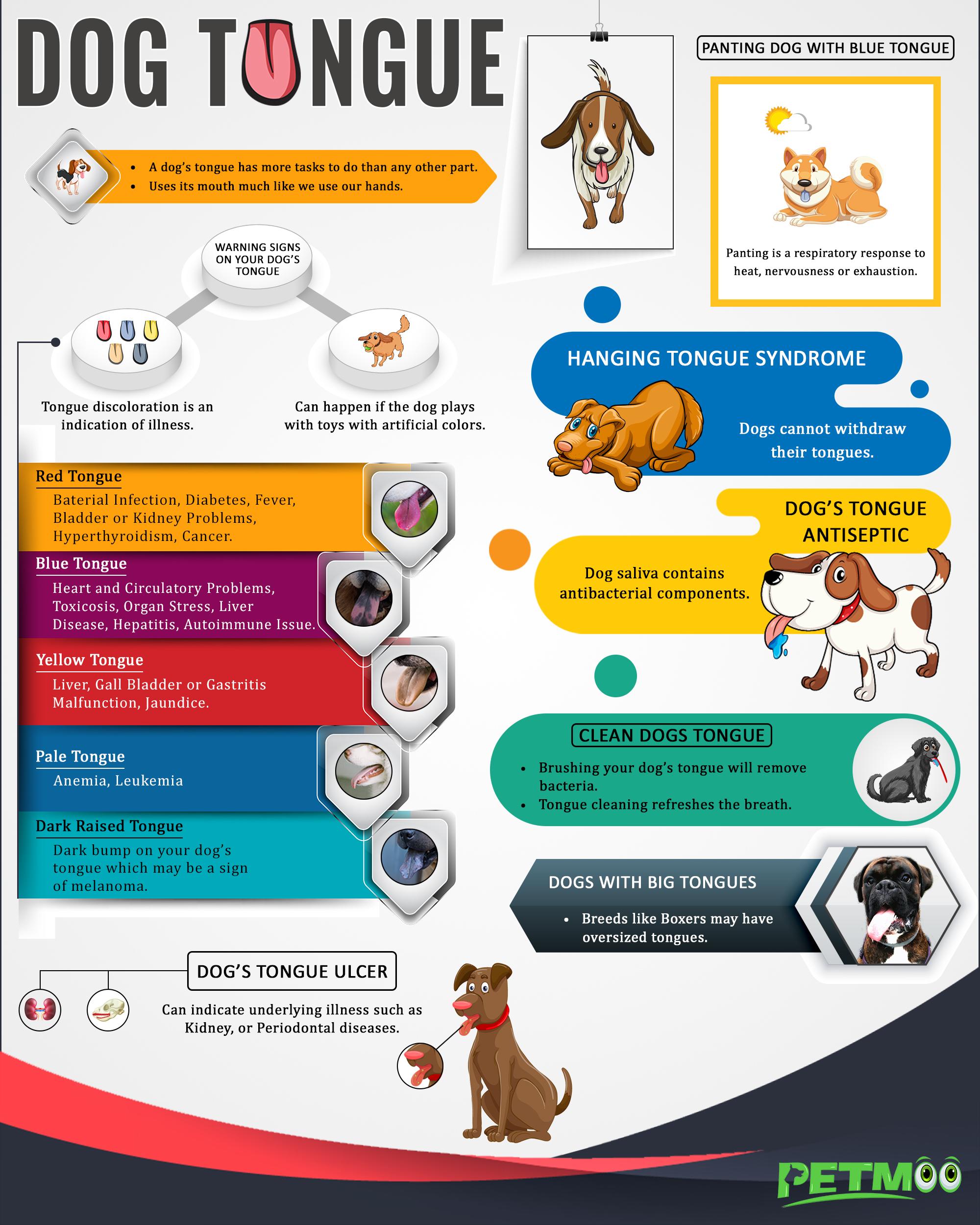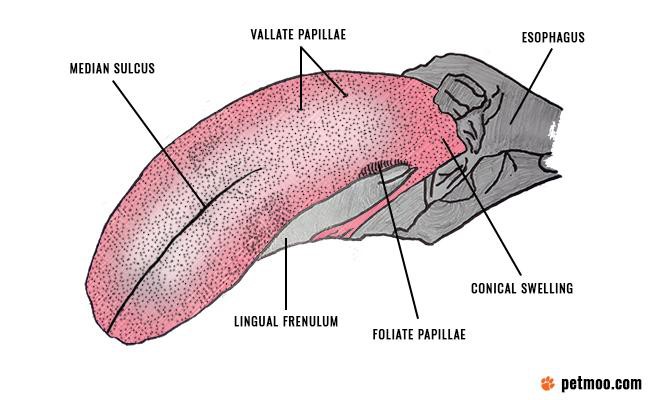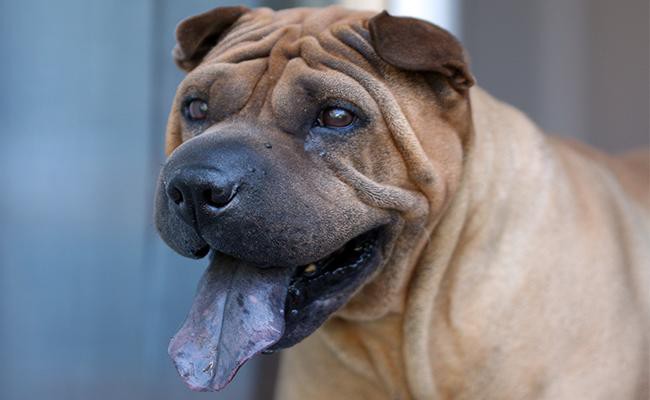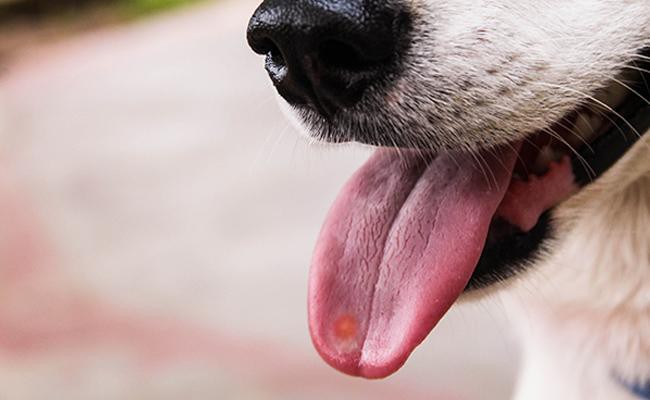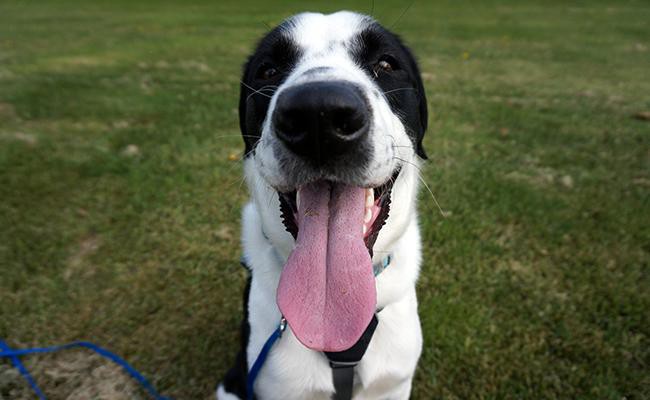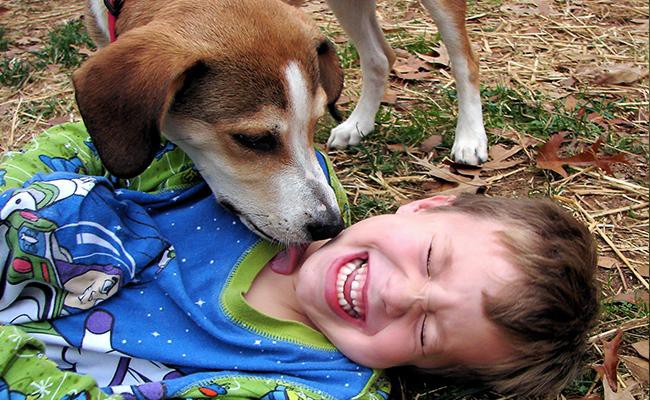- Dog Tongue Videos And Infographics
- Tongue Anatomy At-a-Glance
- Warning Signs On Your Dog’s Tongue
- Facts About Dog’s Tongue Color And Signs Of Illness
- Panting Dog With Blue Tongue
- Dog’s Tongue Ulcer
- Dog’s Tongue Antiseptic
- Hanging Tongue Syndrome
- Clean Dogs Tongue
- Dogs With Big Tongues
- Finally, Dogs Like To Lick Our Faces
Dog Pregnancy Calculator And Timeline
You probably don’t think twice about your dog’s tongue, but do you know? It does a lot more than just the slobbery slapdash kisses! And dog tongue is definitely amazing and surprisingly they are not just to eat and lick your face with it.
While we haven’t quite figured out how to decode the language of the canines, their tongues can converse in a different sort of way. Without appendages capable of grasping or holding objects, a dog uses its mouth much like we use our hands.
As we all know its home of taste receptors but what we don’t know is – it is also a greeting tool, water-lapper, healer of wounds. A thermostat, texture tester, a wet equivalent of a dog’s handshake and a cleaning device. A dog’s tongue has more tasks to do than any other part in her anatomy (excluding the brain).
And most importantly… the tongue is the dog’s very own and personal barometer for health.
And oddly enough, for all its actions and duties, it is one of the most maintenance free structures of all the dog’s body parts. The tongue is a muscle that in fact pulls its weight!
Tongue Anatomy At-a-Glance
Basically, the dog’s tongue is a stretched muscular organ, the surface of which is covered with specialized epithelium. It’s filled with a complex network of arteries, veins, and capillaries.
Miller’s ‘Anatomy of the Dog’ (Edited by Evans and AdeLahunta) describes the tongue is controlled by eight pairs of muscles.
- There is a ‘worm’ underneath the tongue of dogs. The ‘worm’ is, in fact, a group of tissues called the frenulum, directly under the tongue that is holding it down.
- You also find a cartilaginous bony structure just under the tip of the dog’s tongue called a lyssa running from front to back along the midline.
- Every dog has four pairs of salivary glands with tiny ducts transporting the saliva into the mouth. These glands produce the copious amount of moisture in the mouth, secreting a watery-thin (serious) saliva and thick (mucoid) saliva. In addition, the tongue surface itself harbors countless tiny salivary glands secreting both serious and mucoid fluid.
- Dog’s tongue has taste buds fewer than humans and they work a little differently. Dog’s tongue has 1,706 taste buds while humans have 9,000 taste buds.
- Normally, salty taste is separated along the side edges and rear side of the tongue; sweet taste from the sides and the beginning section of the tongue while the sensation of sour is spread rather evenly over the top of the tongue.
- Regardless of having a lesser number of taste buds, dogs always give a pick over a meat-oriented diet. But they can’t differentiate between chicken, beef, fish or pork without the sense of smell.
Warning Signs On Your Dog’s Tongue
Your fluffers tongue provides a wealth of information about her health status. Tongue discoloration is an indication of illness that can arise with itself or other oral conditions.
The coating, color or the texture can show a problem in another part of the body. Of course, the tongue discoloration can happen if the dog has been topping at toys with artificial colors. Before rushing to a vet examine that possibility.
Facts About Dog’s Tongue Color And Signs Of Illness
The tongues of most breeds have a deep pink or red color as they are highly vascularized.
There are some breeds like the Chow Chow and Chinese Shar-Pei which have blue-black tongues naturally or flat.
Black spots in tongues can appear in any breed but are more common in breeds with black points.
Dog Tongue Color Chart

Here are some discolorations in the tongue to watch out for:
- Red tongue – Can be the bacterial infection, diabetes, fever, bladder or kidney problems, hyperthyroidism, cancer or accumulation of toxins in the body.
- Blue or purple tongue – Maybe the heart and circulatory problems, toxicosis, organ stress, liver disease, hepatitis or an autoimmune issue.
- Yellow/orange tongue – If your dog may have liver, gallbladder or gastritis malfunction. If she is jaundiced, then there is usually a yellow discoloration of the tongue.
- Pale tongue – Maybe due to weakened body condition like anemia or maybe even leukemia.
- The dark raised area on the tongue – An unusual dark bump on her tongue which may be a sign of melanoma.
During your home check-up routines, including the mouth and tongue. If there are any changes, it usually spells major trouble so contact your vet immediately.
Panting Dog With Blue Tongue
Panting is generally not a sign of illness in a healthy dog. It is a normal canine respiratory response to heat, nervousness or exhaustion after intense physical activity and excitement.
However, if your dog pants for no apparent reason, the painting may indicate a health problem.

A dog with a problem such as Hyperthermia/Heatstroke or fluid build up in the lungs will experience short, rapid, labored breathing. Her lips, gums, and tongue may look blue from lack of oxygen.
Dog’s Tongue Ulcer
Tongue ulcers can be a sign of underlying illness such as kidney disease, periodontal disease, hypothyroidism, and various cancers as well as immune system disorders.
Dog’s Tongue Antiseptic
We normally see dogs licking their wounds. It is mainly a disinfecting action to improve the healing of an external wound.
Dog saliva does contain antibacterial components and it’s very unlikely that saliva by itself would be a direct cause of infection.
On the other hand, the infection to tongue also is very rare and it’s not because dog saliva has antiseptic properties.
It’s because a dog’s tongue is rough and uneven which helps to remove contaminants from an open wound.
But licking cannot heal all external infections in dogs, so take him to the vet immediately.
A dog’s saliva may have antibacterial properties and don’t ever think your puppy’s kisses will not harm you.

A whole host of potential pathogens may be lurking in each slobbery kiss or scratchy lick. But, the good news is most of the bacteria in your dog’s mouth are not zoonotic.
Probably, you won’t get a disease from a wet doggy kiss. But still there are exceptions to this for instance; salmonella from dogs can be spread to humans.
Multiple studies have revealed that for dogs, they’re usually not harmful — but for humans only if you have a robust immune system, you may be out of danger.
If you have any wounds on your mouth or face, then you should be doubly careful. However, there is an old adage which says …prevention is always better than cure.
Hanging Tongue Syndrome
Dogs normally stretch their tongues outside of their mouths. This behavior of dogs is totally normal for several reasons.
But you have to worry if your dog’s tongue is permanently stretched out or if they cannot withdraw their tongue into their mouth. This physically unable condition is called hanging tongue syndrome.
This can occur due to an illness or injury that damages the nerves in the head and face, or because of a conformation disorder that prevents.
The dog from retracting their tongue or fully closing their mouth. If your dog’s tongue is always hanging out or unable to retract, it is important to get your dog seen by your vet.
Clean Dogs Tongue
There’s a saying that a dog’s mouth is cleaner than a human’s mouth. you might not want to take that as absolute truth, knowing all the things your dog licks throughout the course of her day.
Humans may have more than 615 different types of bacteria in their mouths, and dogs have 600 types.
These bacteria may collaborate with other bacteria from foods and environments, forming a ‘mouth bacteria club’.
Brushing your dog’s tongue will not only refresh his breath but could also get rid of some of this bacteria.
Educate your dog to get involved in his oral health by making this simple task part of his oral health routine.
Dogs With Big Tongues
Sometimes in a rare condition, some puppies may be born with a condition called macroglossia wherein they have very large tongues.
They cannot pull their tongues into their mouth. The tongue is always extended out, hanging to the side often.
Breeds like Boxers may have oversized tongues that stretch out of their mouths.
Normally, this will not cause any problems to the dog. But Vets may advise other treatments or surgery to reduce the tongue size if needed.
Finally, Dogs Like To Lick Our Faces
The enthusiastic licks by the pet seem disturbing for a few dog owners and particularly non-dog owners.
However, this behavior is a demonstration of outgoingness, a pacifying gesture, a wet handshake (though not literally) reaching for friendship.
It is a sort of compliment in canine language: “hey, I like you; you can be my friend.”
By the way, don’t be too anxious about the pathogens you may get when your pet licks you, they are not worse than those we get from kissing one another.

